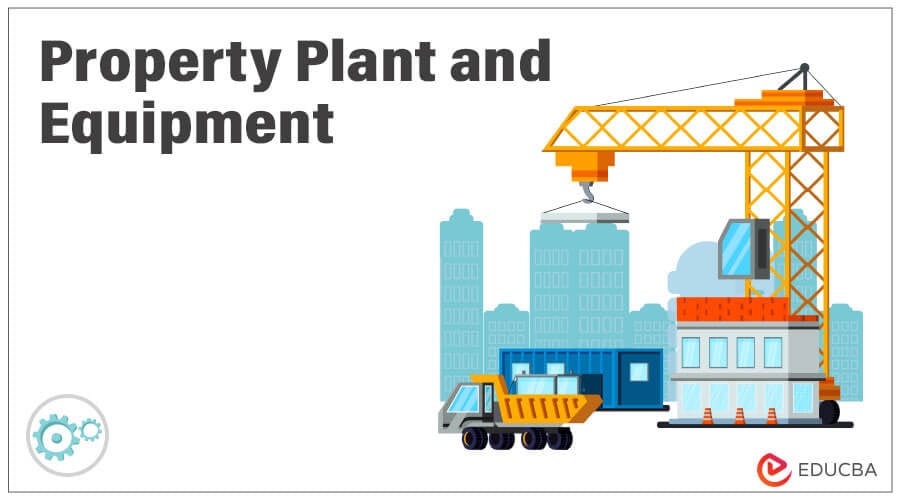Property and equipment are vital assets for businesses, playing a crucial role in their financial health and operational efficiency. This comprehensive guide delves into the intricacies of property and equipment, covering their definition, classification, accounting treatment, and management strategies.
From understanding the types of property and equipment to exploring the various methods of depreciation and amortization, this guide provides a thorough examination of these key accounting concepts. It also highlights the importance of effective property and equipment management, offering practical tips and best practices to optimize asset utilization.
Definition of Property and Equipment
In accounting and financial reporting, property and equipment refers to the tangible assets owned by a company that are used in its operations. These assets are typically long-lived and have a useful life of more than one year. Examples of property and equipment include land, buildings, machinery, vehicles, and furniture.
Classification and Recording
Property and equipment are classified into different types based on their nature and use. The most common types are land, buildings, and equipment. Land is the ground on which a company’s facilities are located. Buildings are the structures that house the company’s operations.
Equipment includes machinery, vehicles, and other assets that are used in the production or delivery of goods and services.
When a company acquires property and equipment, it is recorded on the balance sheet at its acquisition cost. This cost includes the purchase price, as well as any additional costs incurred to get the asset ready for use. The acquisition cost is then depreciated or amortized over the useful life of the asset.
Depreciation and Amortization
Depreciation is the process of allocating the cost of a fixed asset over its useful life. This is done to reflect the gradual decline in the asset’s value as it is used. Amortization is similar to depreciation, but it is used for intangible assets, such as patents and trademarks.
There are a number of different methods that can be used to calculate depreciation and amortization. The most common method is the straight-line method, which allocates the cost of the asset evenly over its useful life. Other methods include the declining-balance method and the units-of-production method.
Disclosure Requirements
Companies are required to disclose information about their property and equipment in accordance with Generally Accepted Accounting Principles (GAAP) or International Financial Reporting Standards (IFRS). This disclosure includes the following:
- A description of the company’s property and equipment
- The acquisition cost of the property and equipment
- The depreciation and amortization methods used
- The useful lives of the property and equipment
- The carrying value of the property and equipment
Management of Property and Equipment

Effective management of property and equipment is essential for any company. This includes regular maintenance and repairs, as well as upgrades and replacements. By properly managing its property and equipment, a company can extend the life of its assets and reduce the risk of costly repairs or replacements.
Technology can be a valuable tool for managing property and equipment. There are a number of software programs available that can help companies track their assets, schedule maintenance, and manage repairs.
Impact on Financial Statements
Property and equipment can have a significant impact on a company’s financial statements. The acquisition of new property and equipment can increase a company’s assets and liabilities. Depreciation and amortization can reduce a company’s net income and retained earnings. And the sale of property and equipment can generate a gain or loss.
It is important for companies to carefully consider the impact of property and equipment on their financial statements before making any decisions about acquiring or disposing of these assets.
Final Conclusion: Property And Equipment
In conclusion, property and equipment are essential components of a company’s financial landscape. By gaining a comprehensive understanding of their accounting treatment, classification, and management strategies, businesses can make informed decisions that enhance their financial performance and long-term success.
Clarifying Questions
What is the difference between property and equipment?
Property typically refers to land and buildings, while equipment encompasses machinery, vehicles, and other movable assets.
How is depreciation calculated?
In the realm of property and equipment management, accurate assessment is paramount. For Brevard County residents, the brevard county property appraiser serves as a valuable resource. Their meticulous evaluations ensure fair and equitable property tax assessments, safeguarding the interests of homeowners and businesses alike.
This robust system empowers individuals to make informed decisions regarding their property and equipment, fostering a sense of security and confidence in their financial planning.
Depreciation is calculated using various methods, including the straight-line method, declining balance method, and units-of-production method.
What are the benefits of effective property and equipment management?
Effective management can optimize asset utilization, reduce maintenance costs, improve productivity, and enhance overall financial performance.